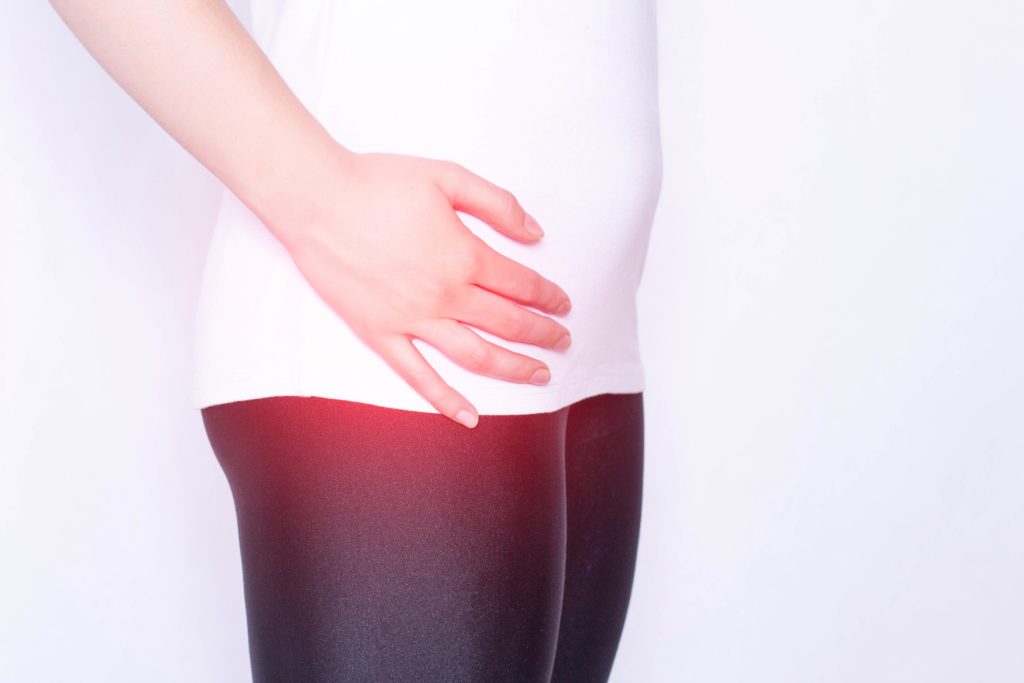Hip Pain: What is causing it? What can I do about it?
The hip joint can withstand repeated motion and a fair amount of wear and tear. This ball-and-socket joint is the body’s largest of its kind and fits together in a way that allows for fluid movement.
Whenever you use the hip (for example, by going for a run), a cushion of
cartilage helps prevent friction as the hip bone moves in its socket. Despite
its durability, the hip joint isn’t indestructible. With age and use, the cartilage can wear down
or become damaged. Muscles and tendons
in the hip can get overused. Bones in the hip can break during a fall or other
injury. Any of these conditions can lead
to hip pain. If your hips are painful,
here is a rundown of what might be causing your discomfort and how to get hip
pain under control.
Causes of Hip Pain:
Arthritis
Osteoarthritis and rheumatoid arthritis are among the most common causes of hip pain, especially in older adults. Arthritis leads to inflammation of the hip joint and the breakdown of the cartilage that cushions your hip bones. The pain gradually gets worse. People with arthritis also feel stiffness and have reduced range of motion in the hip.
Hip fractures
With age, the bones can become weak and brittle. Weakened bones are more likely to break during a fall.
Bursitis
Bursae are sacs of liquid found between tissues such as bone, muscles, and tendons. They ease the friction from these tissues rubbing together. When bursae get inflamed, they can cause pain. Inflammation of bursae is usually due to repetitive activities that overwork or irritate the hip joint. Blunt trauma to the hip can also result in bursitis commonly referred to as a “hip pointer”.
Tendinitis
Tendons are the thick bands of tissue that attach bones to muscles. Tendinitis is inflammation or irritation of the tendons. It’s usually caused by repetitive stress from overuse.
Muscle or tendon strain
Repeated activities can put strain on the muscles, tendons, and ligaments that support the hips. When they become inflamed due to overuse, they can cause pain and prevent the hip from working normally.
Hip labrum tear
This is a rip in the ring of cartilage (called the labrum) that follows the outside rim of the socket of your hip joint. Along with cushioning your hip joint, your labrum acts like a rubber seal or gasket to help hold the ball at the top of your thighbone securely within your hip socket. Athletes and people who perform repetitive twisting movements are at higher risk of developing this hip pain from this problem.
Avascular necrosis (also called AVN or osteonecrosis)
This condition happens when blood flow to the hip bone slows and the bone tissue dies. Although it can affect other bones, avascular necrosis most often happens in the hip. It can be caused by a hip fracture or dislocation, or from the long-term use of high-dose steroids (such as prednisone), among other causes.
Symptoms of Hip Pain:
Depending on the condition that’s causing your hip pain, you might feel the discomfort in your thigh, deep within the hip joint, groin, outside of the hip joint, and the buttock. Sometimes pain from other areas of the body, such as the back or groin (from a hernia), can radiate to the hip. You might notice that your pain gets worse with activity, especially if it’s caused by arthritis. Along with the pain, you might have reduced range of motion. Some people develop a limp from persistent hip pain.
Hip Pain Relief:
If your hip pain is caused by a muscle or tendon strain, osteoarthritis, or tendinitis, you can usually relieve it with rest and applying ice to the affected area for 15 to 20 minutes a few times a day. Over-the-counter pain medication such as acetaminophen or a nonsteroidal anti-inflammatory drug such as ibuprofen or naproxen can also be used. In cases involving rheumatoid arthritis your treatment might also include anti-rheumatic medications like methotrexate and sulfasalazine. Prednisone is also commonly utilized. When conservative measures fail often physical therapy is prescribed to restore the normal flexibility and strength to the structures surrounding the joint. Your therapist may even evaluate your feet and footwear to ensure optimal shock absorption when standing and walking. When osteoarthritis becomes so severe that the pain is intense or the hip joint becomes deformed, a total hip replacement may be a consideration. People who fracture their hip sometimes need surgery to fix the fracture or replace the hip. Call your health care provider if your pain doesn’t go away, or if you notice swelling, redness, or warmth around the joint. Also call if you have hip pain at night or when you are resting.


0 Comments